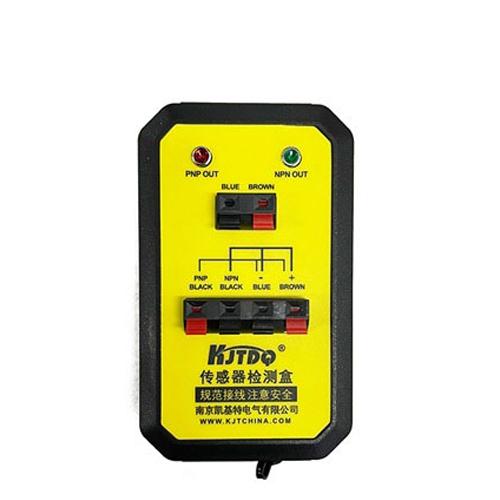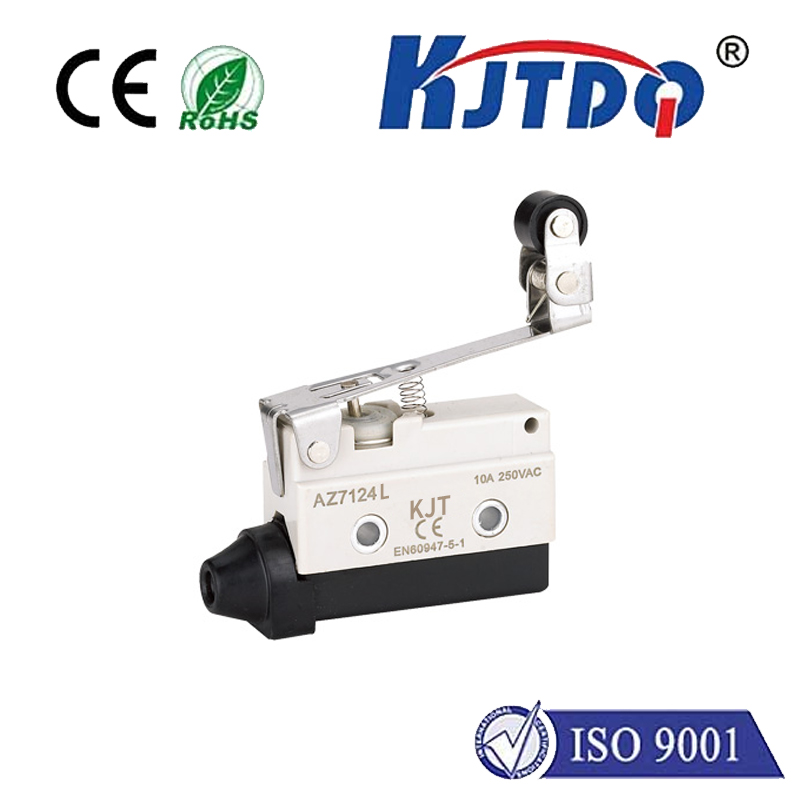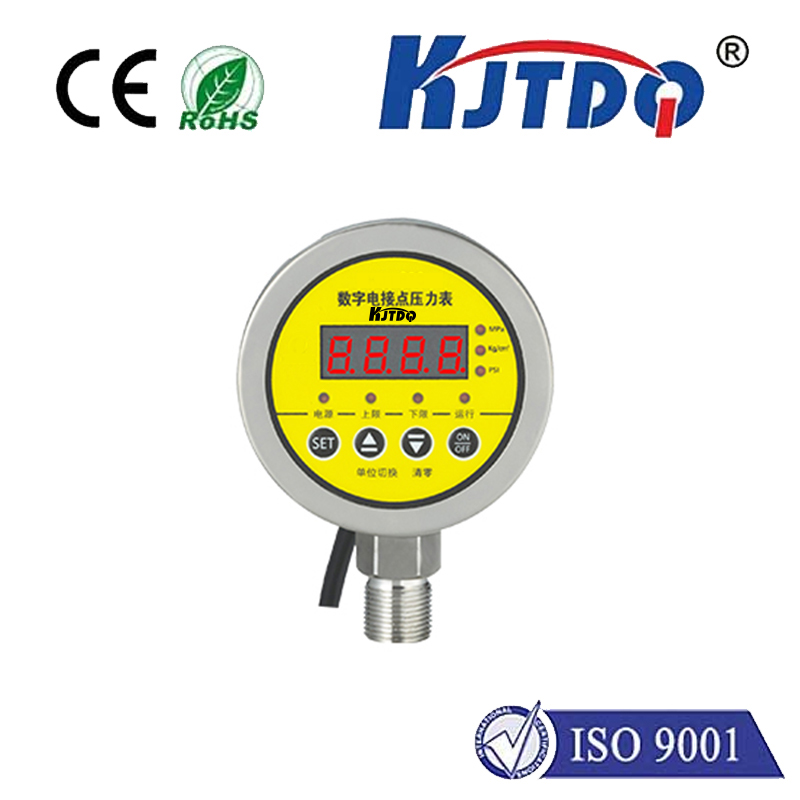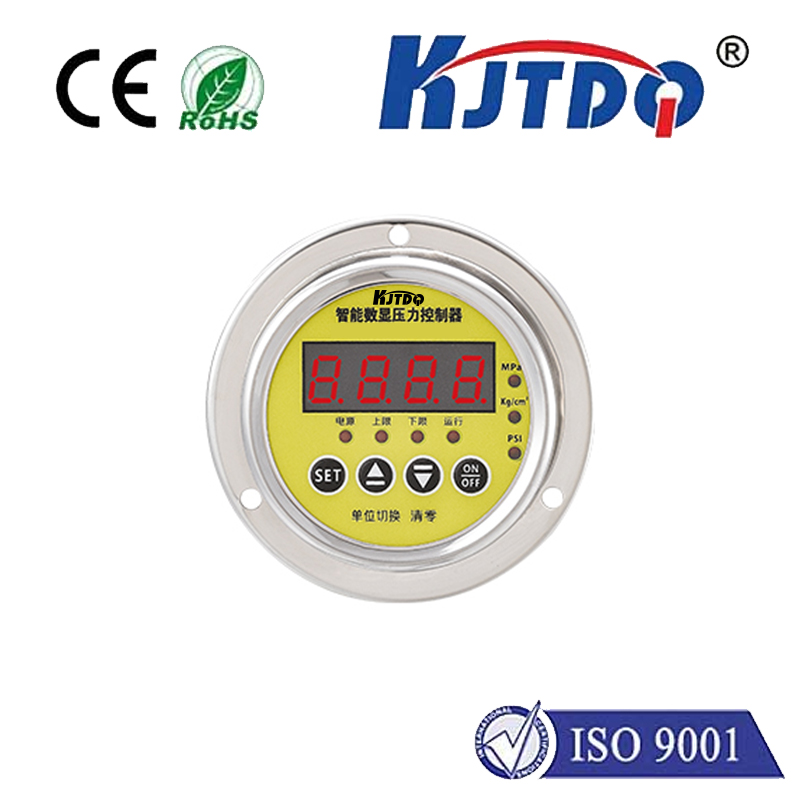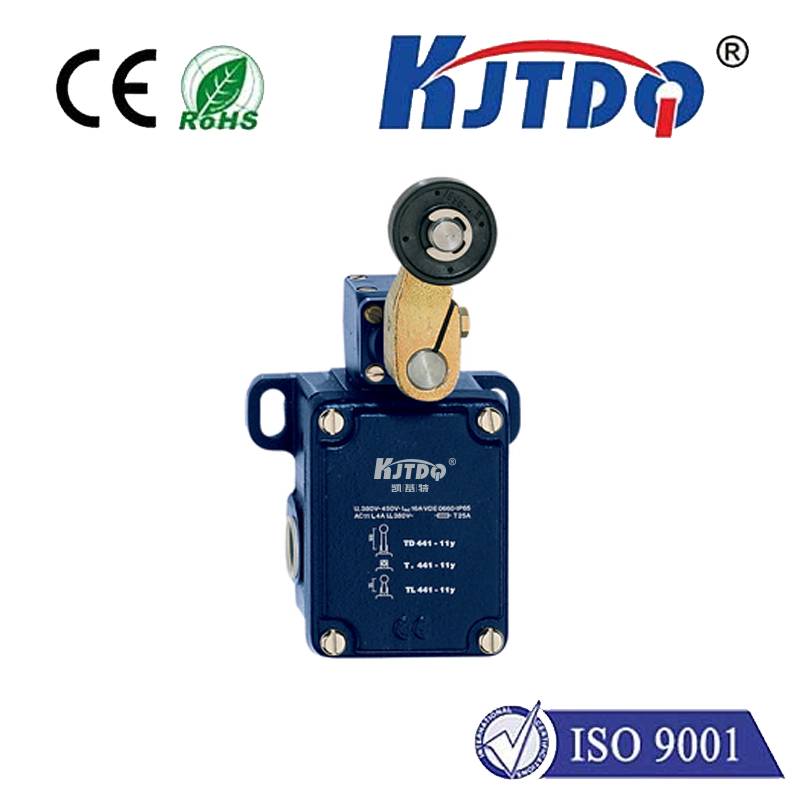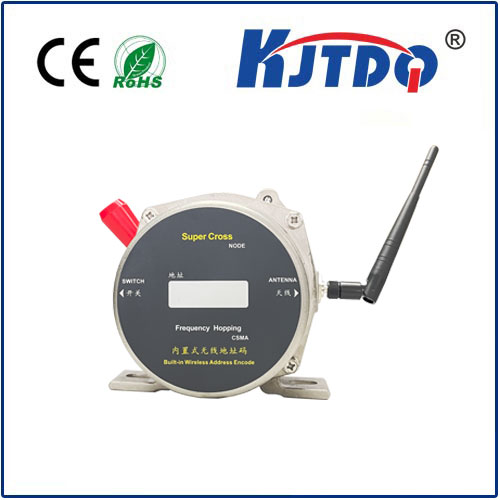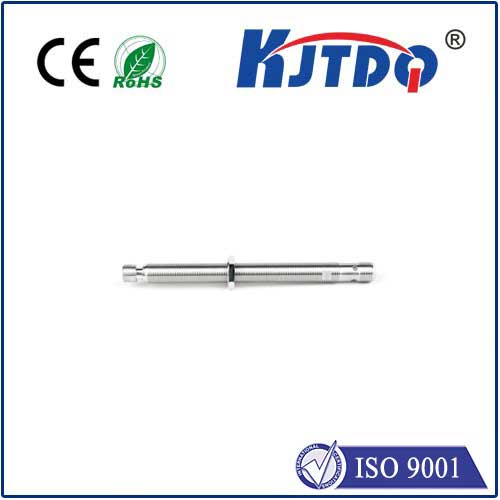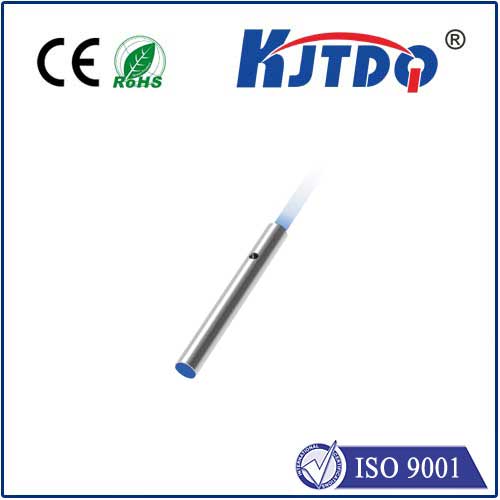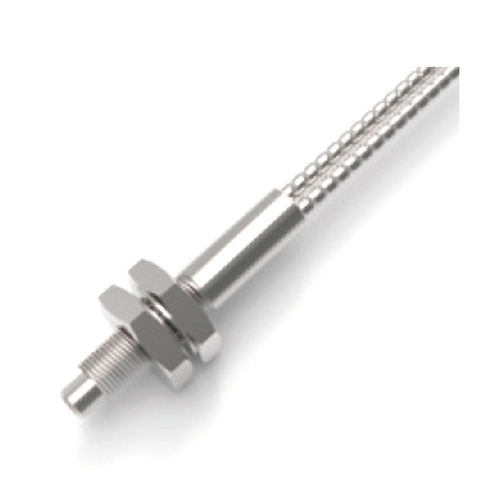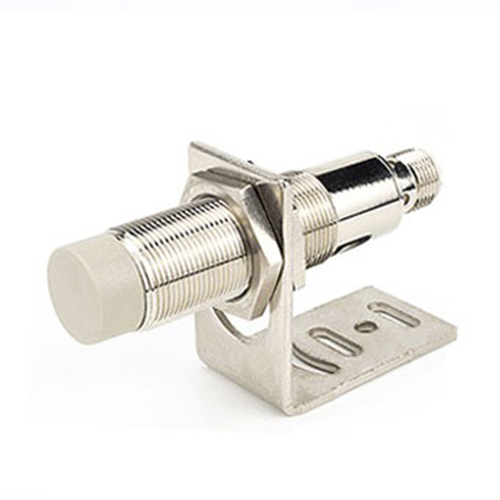

check

check

check

check

check

check

check

check

check

check
12 Photoelectric Sensor: Enhancing Automation for Efficient Industrial Processes
In the ever-evolving landscape of industrial automation, the M12 photoelectric sensor stands as a revolutionary component designed to improve efficiency, accuracy, and reliability in various manufacturing processes. These compact and versatile devices have become essential tools for modern industries, offering unparalleled precision in object detection and measurement.
Understanding the Basics of an M12 Photoelectric Sensor
The M12 photoelectric sensor operates on the principle of light transmission and reception. It consists of a transmitter and a receiver, often integrated into a single unit or placed opposite each other. When an object interrupts the light beam between them, the sensor detects this change and triggers a response within the system it is connected to – be it a machine, conveyor, or sorting equipment.
Applications in Manufacturing and Beyond

Within manufacturing environments, the use of M12 photoelectric sensors is widespread. They are commonly found in assembly lines where they control product flow, ensuring that products are correctly positioned before moving onto the next stage of production. In packaging operations, these sensors confirm the presence of products before applying seals or labels, minimizing waste and errors in the process.
Additionally, M12 sensors play a crucial role in quality control systems. They can inspect products for size compliance, color, and shape without physical contact, which eliminates potential damage to delicate items during inspection. This technology also contributes to improved safety measures by detecting the presence of personnel in hazardous areas, halting machinery when necessary to prevent accidents.
Benefits of Using M12 Photoelectric Sensors
One of the significant benefits of using M12 photoelectric sensors is their non-contact nature. Unlike mechanical switches, there's no physical wear and tear, extending device lifespan and reducing maintenance costs. Their small size also makes them easy to install in tight spaces, further enhancing their versatility.
Accuracy is another key advantage of these sensors. They provide consistent detection regardless of the material type or surface properties of the objects being monitored, making them suitable for a wide range of applications from plastics to fabrics.
Moreover, M12 photoelectric sensors support high-speed operations with quick response times, enabling manufacturers to increase production rates without sacrificing quality or safety. The ability to program sensitivity levels allows for customization according to specific requirements, adding an extra layer of adaptability.
Integration with Smart Systems
As industry 4.0 takes hold, M12 photoelectric sensors align perfectly with smart automation systems. They can integrate seamlessly with programmable logic controllers (PLCs) and other computer-based control systems to collect data, analyze performance, and optimize processes in real-time.
Connectivity options such as Ethernet and wireless interfaces allow these sensors to be networked, creating intelligent monitoring systems that can adjust operational parameters based on real-time feedback – a critical step towards achieving fully automated and self-optimizing factories.
Conclusion
In conclusion, the M12 photoelectric sensor is a testament to the advancements in automation technology. Its precise, non-contact method of detection has revolutionized numerous facets of industrial processes, leading to enhanced productivity, quality, and safety standards. As we continue to embrace smarter technologies, the importance of such sensors will only grow, solidifying their place at the heart of modern manufacturing enterprises.
